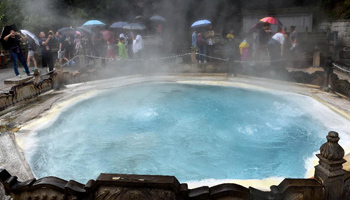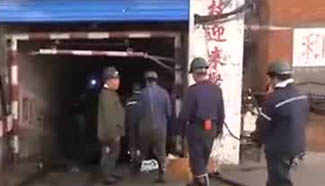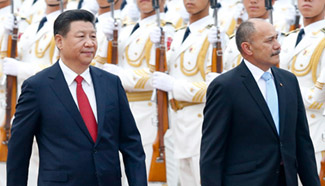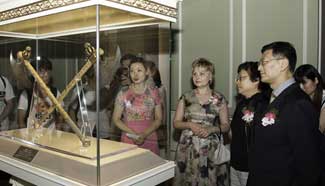?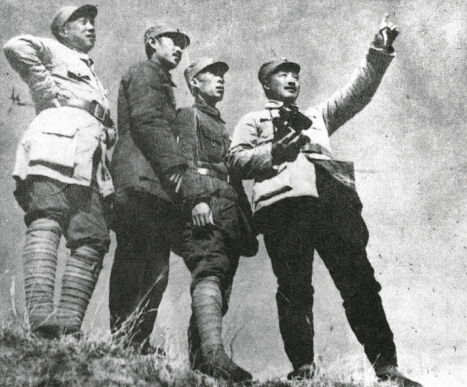
???The Anti-Japanese War was the first thorough victory over a foreign invasion in modern China. It was also the largest war against foreign aggression in Chinese history. A contest between a backward agricultural country and a developed industrial one, it was destined to be a tough war.
????Lagging economy
????Materialism holds that violence is an economic force. Armament in modern countries needs to be supported by both a strong economy and science and technology. An important reason behind Japan’s aggression against China for over half a century was China’s lagging economy and corrupt government. Japan had a highly centralized militarist system after the Meiji Restoration, which enabled the country to wage war without restraint. For example, the annual revenue of Japan before the First Sino-Japanese War (1894-1895) was equivalent to 50 million silver dollars, only two thirds that of the Qing government, China’s imperial ruler at the time. But Japan’s fiscal revenue soared to 150 million silver dollars thanks to government savings, bonds and public donations just months after the war began. In that time, the Qing government raised no more than 40 million silver dollars. What was more, the Japanese government was able to “fuel war with warfare”, doubling its gross domestic product (GDP) in four years after occupying China’s rich and resourceful northeast provinces.
????Despite a lack of modern industry, China managed to maintain a level of economic aggregate due to its large population. China had an industrial output of about 1.36 billion U.S. dollars in 1936 and a combined value of 5 billion U.S. dollars in agriculture and handcraft sectors. Japan recorded an industrial output of 6 billion U.S. dollars and another 5 billion U.S. dollars in agriculture, fisheries and handcrafts. There was little difference between the total financial resources of the two countries. However, China was fragmented by warlords who intercepted revenues. The government was only able to levy 370 million U.S. dollars of taxes annually while Japan had an annual revenue of up to 2.5 billion U.S. dollars. Japan had an overwhelming advantage over China in mobilizing military expenditure.
????A protracted war turned out to be the best solution for a weak China to fight a strong but small Japan. The Communist Party of China (CPC) consumed Japan’s food and armaments through continuous war while disrupting their plunder in China. CPC troops liberated more than 100 million people behind the enemy lines and established bases in extremely poor agricultural areas. With barely any outside aid and repeated assaults from Japanese troops, the CPC was able to persist in the war due to strong morale and mass production movements.
????The CPC fought eight years without giving in and contained most of Japan’s armed forces.






